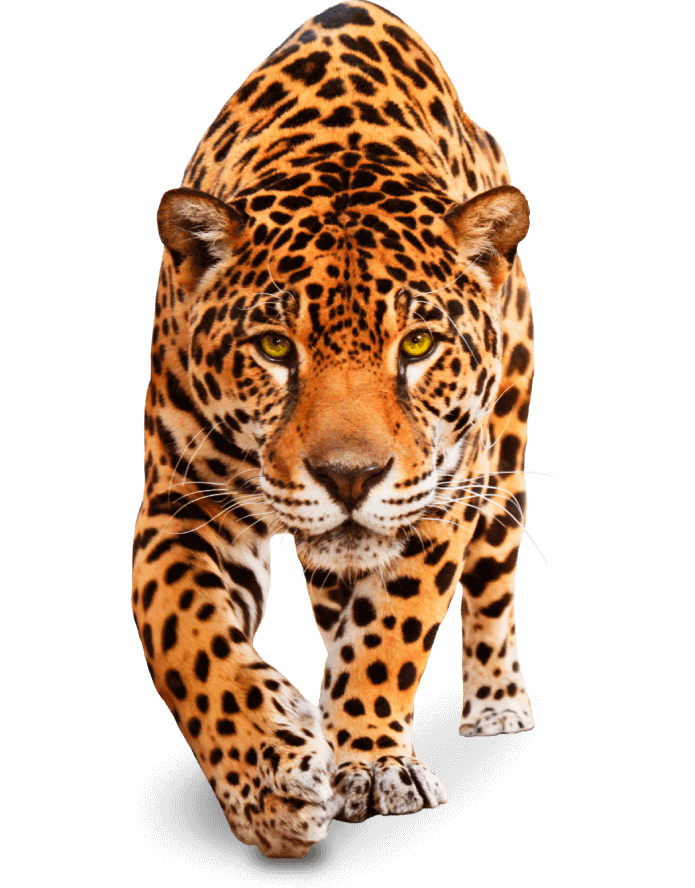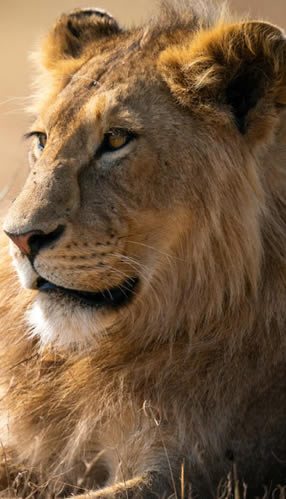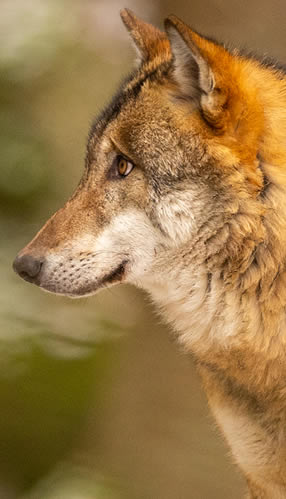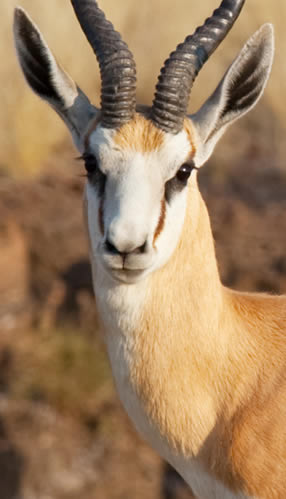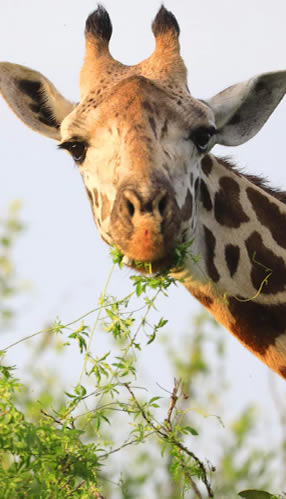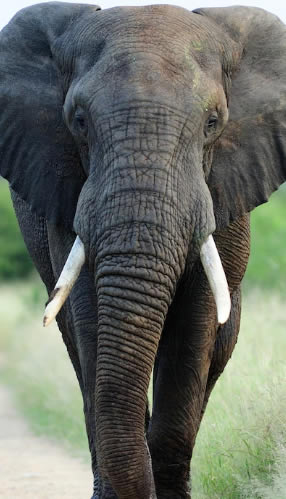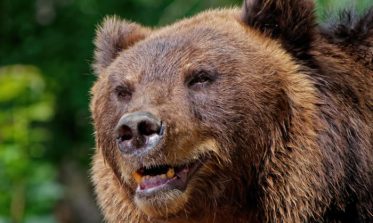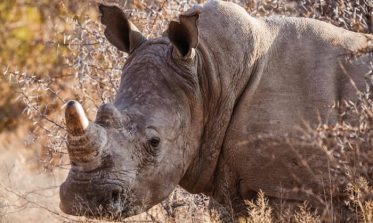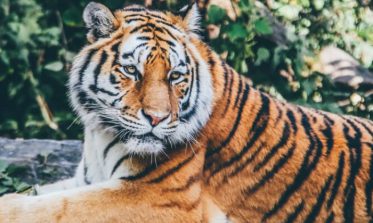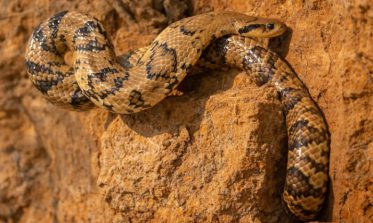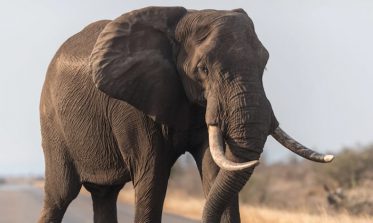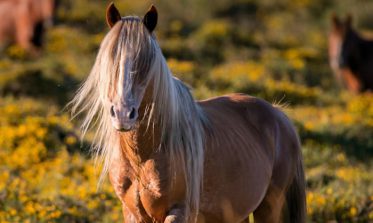Animal Care Teams
Every zoo has a dedicated team of veterinarians, zookeepers, and specialists who work tirelessly to care for the animals. From daily health checks to medical treatments, these professionals ensure that each animal receives the best possible care.
The Social Lives of Animals
Many animals in zoos live in social groups that mimic their natural family structures. These groups provide opportunities for bonding, play, and the development of social behaviors, contributing to the animals' overall well-being.
Nocturnal Animal Exhibits
Some zoos feature exhibits specifically designed for nocturnal animals, with reversed lighting schedules to allow visitors to observe their nighttime activities. These animals are often more active during the night, giving a unique perspective on their behaviors.


